Fresh from brokering a fragile ceasefire in Gaza, US President Donald Trump is pivoting his attention to Europe’s most protracted conflict: Russia’s war in Ukraine. While the Sharm el-Sheikh summit showcased American diplomatic clout in the West Asia, it also casts a spotlight on the shifting regional order where Moscow’s influence is challenged, yet still opportunistic amid instability.
As Trump considers arming Kyiv with long-range Tomahawk cruise missiles, which would allow Ukraine to strike deep into Russian territory to pressure Vladimir Putin into peace talks, the interplay between West Asian realignments and European security takes on newfound urgency.
Earlier this week in Jerusalem, in a speech to the Knesset, Trump predicted the truce in Gaza would lay the groundwork for the US to help Israel and many of its Middle East neighbours normalise relations. But Trump also made clear his top foreign policy priority now is ending the largest armed conflict in Europe since World War II.
“First we have to get Russia done,” Trump said, turning to his special envoy Steve Witkoff, who has also served as his administration’s chief interlocutor with Putin. “We gotta get that one done. If you don’t mind, Steve, let’s focus on Russia first. All right?” Trump weighs Tomahawks for Ukraine Trump is set to host Zelenskyy for talks Friday, their fourth face-to-face meeting this year.
Shifting alliances and regional realities
The last two years have seen dramatic transformations across the West Asia. The collapse of Syria’s Assad dynasty in late 2024, which had ruled for over half a century has ushered in a pro-Turkish government in Damascus. Simultaneously, Iran’s influence has waned, weakened by Israel’s war against Hamas in Gaza, strikes on Houthis in Yemen, the dismantling of Hezbollah’s military wing in Lebanon, and direct Israeli attacks on Iranian targets.
Israel’s increasingly militant posture under Prime Minister Benjamin Netanyahu particularly following the October 7, 2023 terrorist attacks, has alarmed many regional actors. Gulf states strongly condemned Israel’s September strike on Hamas leaders in Qatar, while European criticism of Israel has led to official recognition of Palestine and targeted sanctions against Israeli figures, Reuters reported.
Impact Shorts
More ShortsThe result is a region rife with uncertainty: Gulf monarchies question the reliability of US protection, Israeli leaders doubt Western alignment, and Iran increasingly sees nuclear capability as its only security guarantee.
Russia’s calculated advantage
For Moscow, this uncertainty presents strategic opportunities. Russia is exploiting regional pragmatism to circumvent Western sanctions and expand influence. According to experts, Moscow continues to supply Algeria, service its hardware in Turkey, and plan aircraft deliveries to Iran, while also recruiting mercenaries from poorer Middle Eastern countries at competitive salaries.
“Russia positions itself as the anti-West, ready to assist those alienated by Western powers,” a former senior official told Aljazeera. While Moscow lacks the resources for regional leadership, its ability to operate decisively in a volatile environment allows it to maintain a foothold despite broader geopolitical constraints.
Trump’s pivot to Ukraine
With the Gaza ceasefire holding, Trump is turning his attention to Russia’s war in Ukraine. Axios reported that Trump will speak with Vladimir Putin on Thursday, one day before Ukrainian President Volodymyr Zelenskyy visits the White House. Ahead of their meeting, Trump signalled he is considering supplying Kyiv with long-range Tomahawk cruise missiles, which could strike deep into Russian territory if diplomatic efforts stall.
“Interestingly, we made progress today, because of what’s happened in the West Asia,” Trump told supporters, linking the Gaza truce to renewed leverage in global conflicts. Zelenskyy, who has repeatedly sought the Tomahawk system, told Politico that these missiles would give Ukraine the operational pressure needed to bring Russia to negotiations.
Strategic calculations and risks
Providing Tomahawks is as much a political decision as a military one. Mark Montgomery, analyst at the Foundation for Defence of Democracies, told CNN, “The ERAM is shorter range, but Tomahawks can help put operational pressure on Russia’s logistics, command, and force disbursement within hundreds of kilometres of the front line.”
Meanwhile, Trump’s administration is weighing new sanctions on Russia, coordinating with Congress and urging European partners to act. Treasury Secretary Scott Bessent cited by the Reuters as saying that Europe faces a bigger threat from Russian aggression than the US, highlighting the challenge of unified transatlantic pressure.
Implications for global geopolitics
The interplay between Middle Eastern shifts and the Ukraine conflict underscores the interconnected nature of contemporary geopolitics. While the Gaza truce highlights US leverage, Russia’s enduring regional influence and the pragmatic recalibration of West Asian states could shape Moscow’s long-term strategy.
Trump’s success in translating regional diplomacy into progress on Ukraine will be closely watched, as it may redefine perceptions of US credibility and the evolving power balance between East and West.


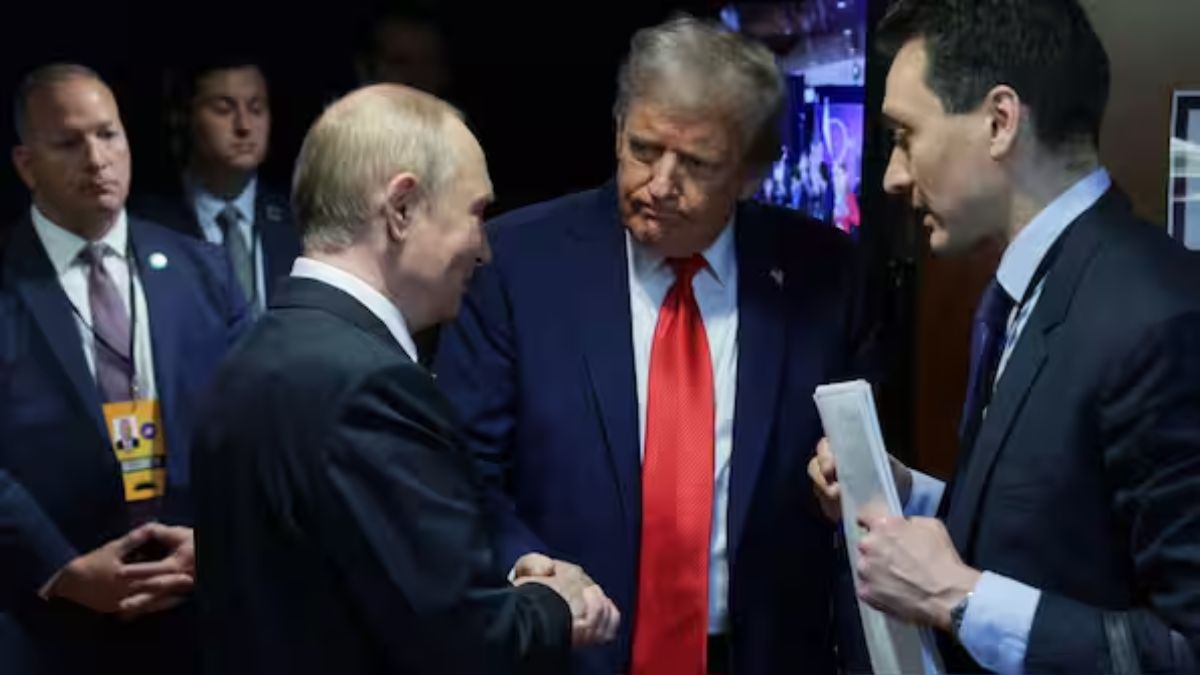)
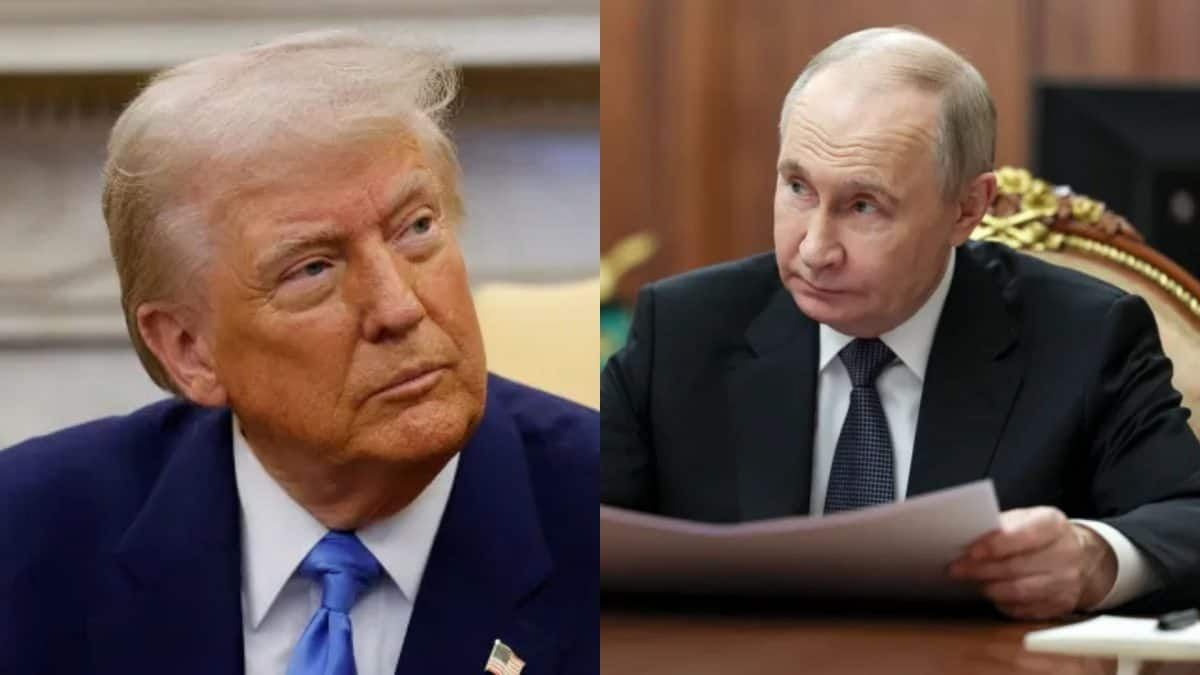
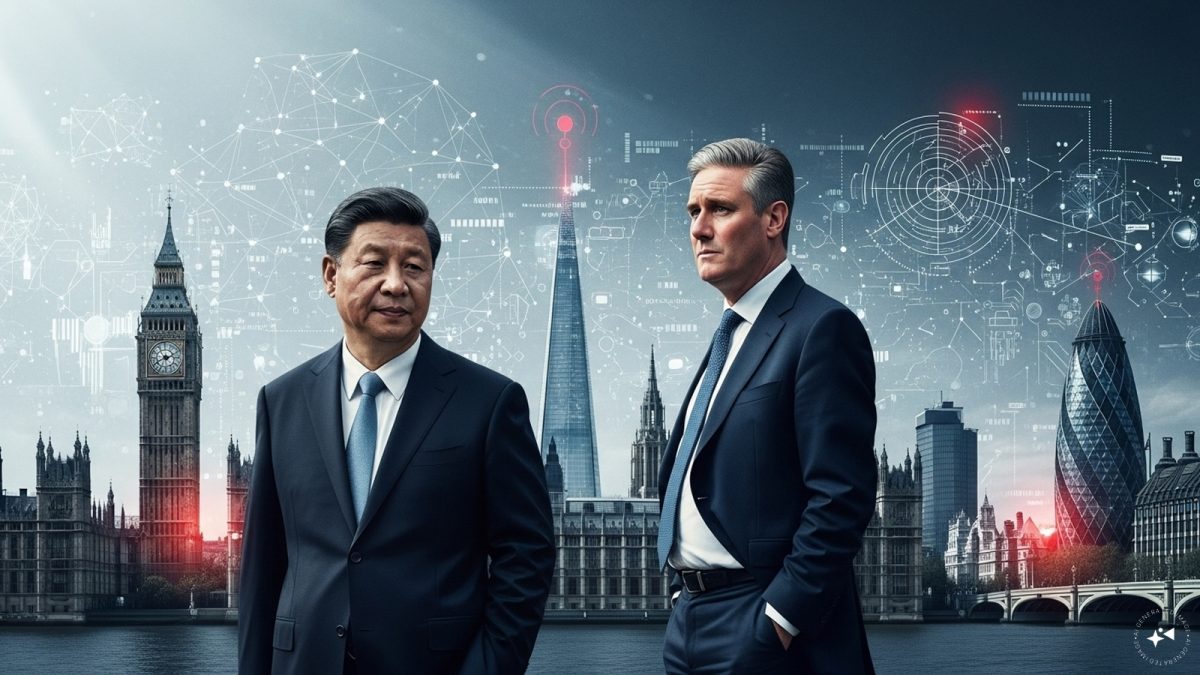)
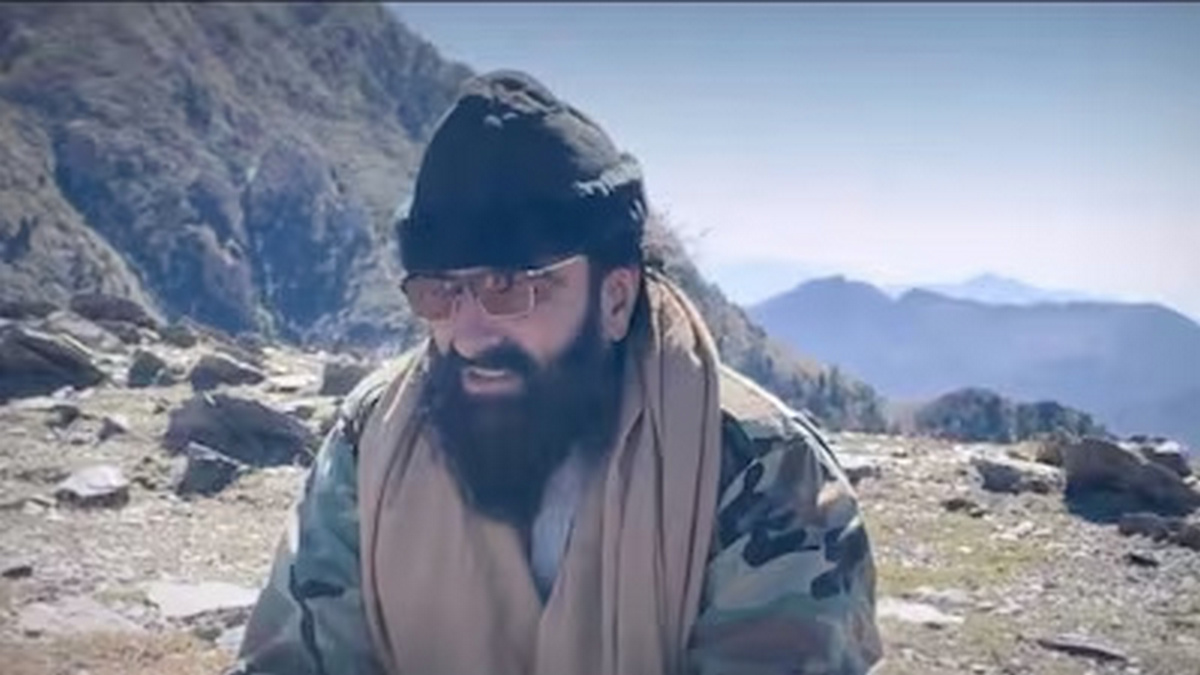)
)
)
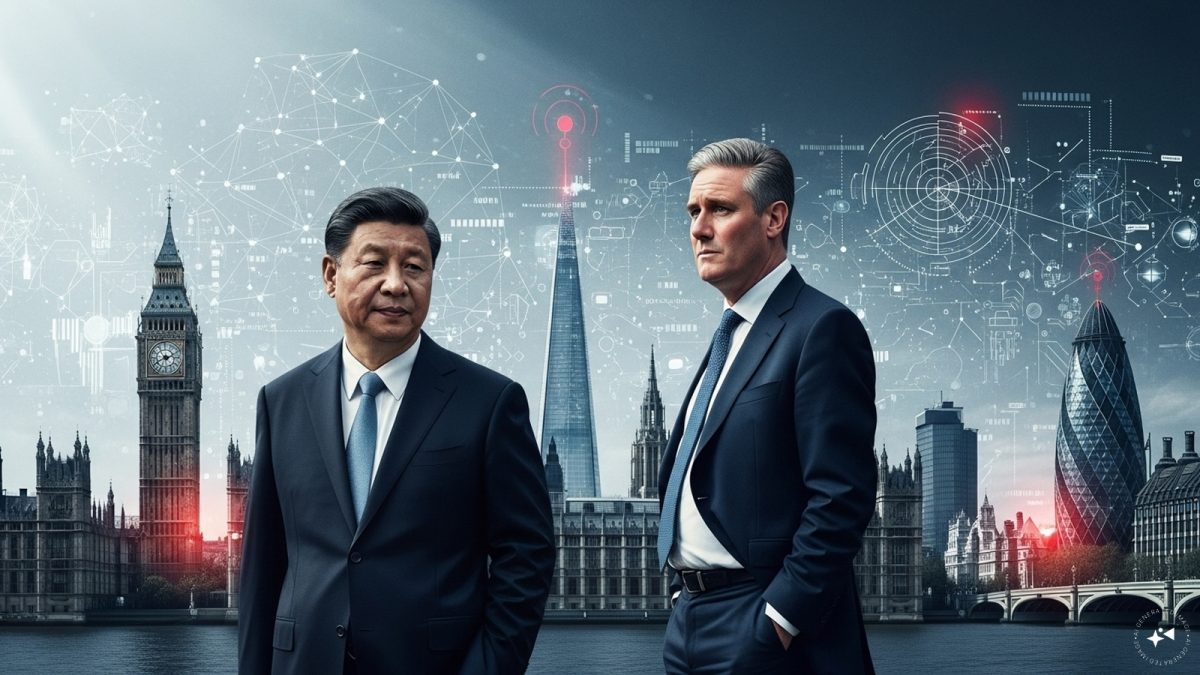)
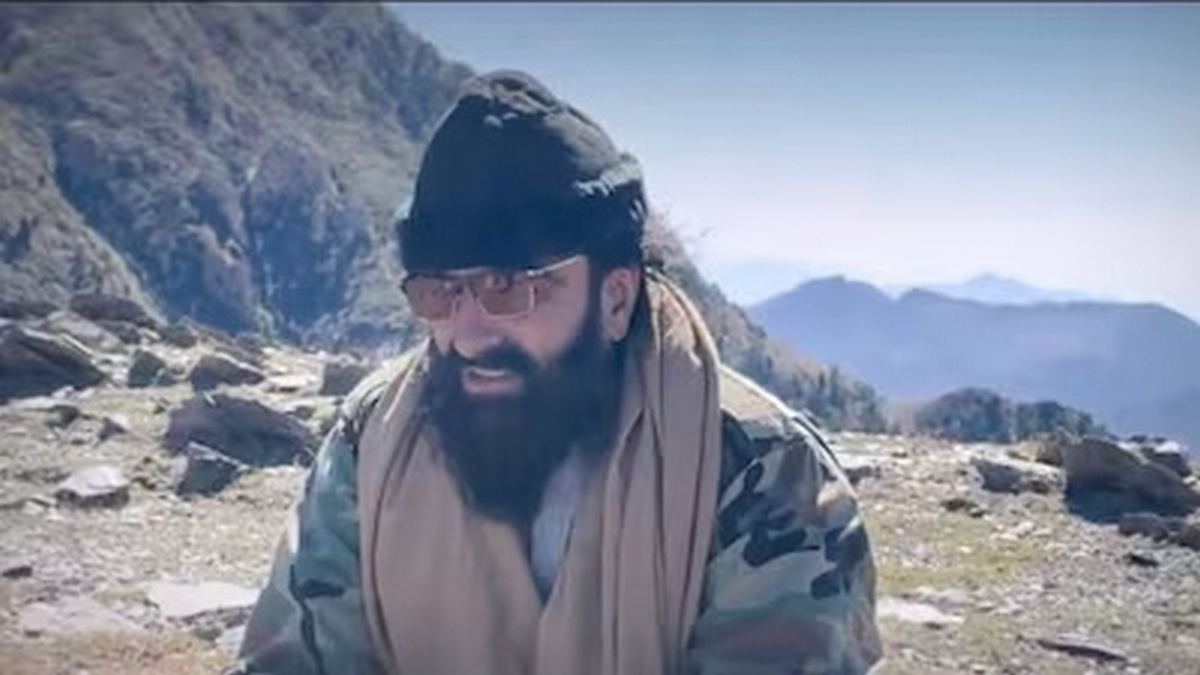)
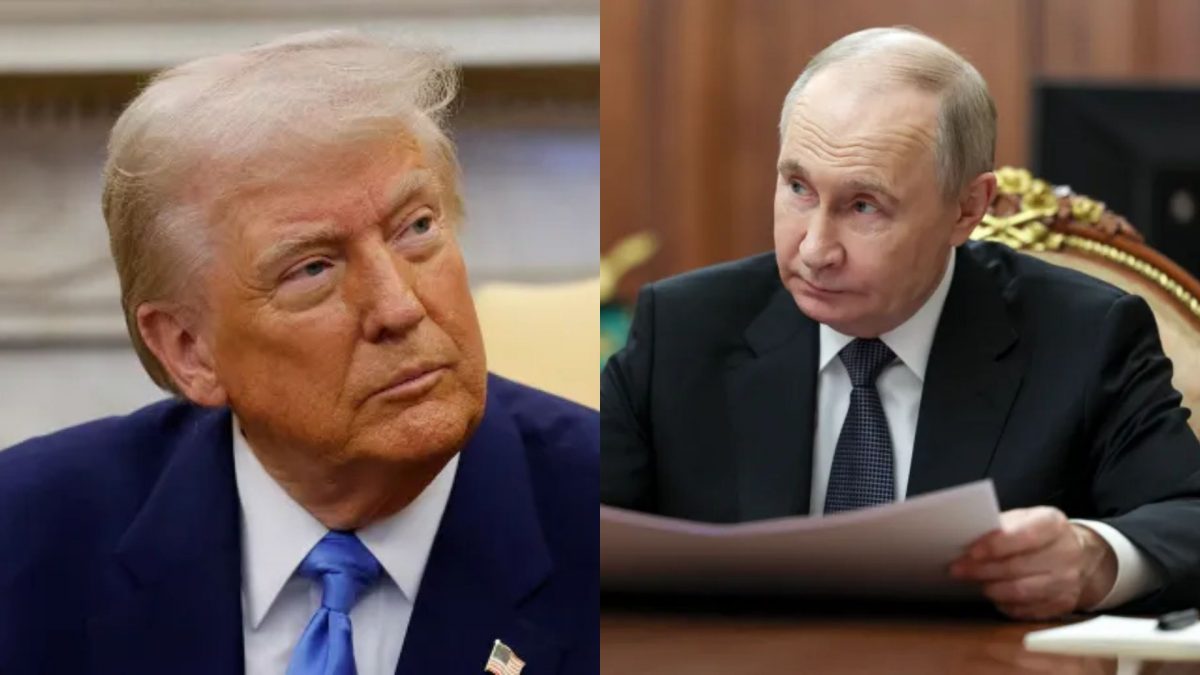)
)



